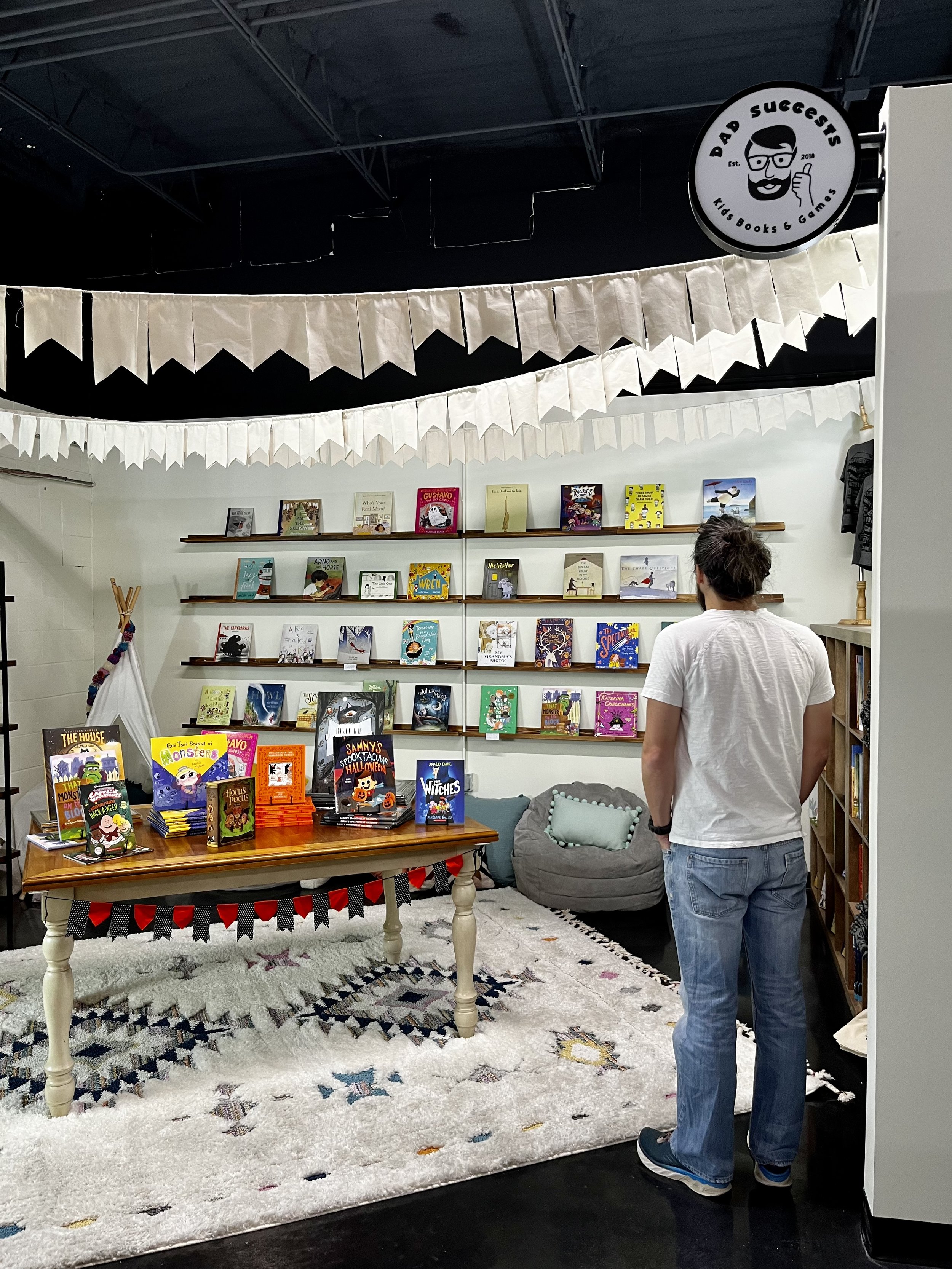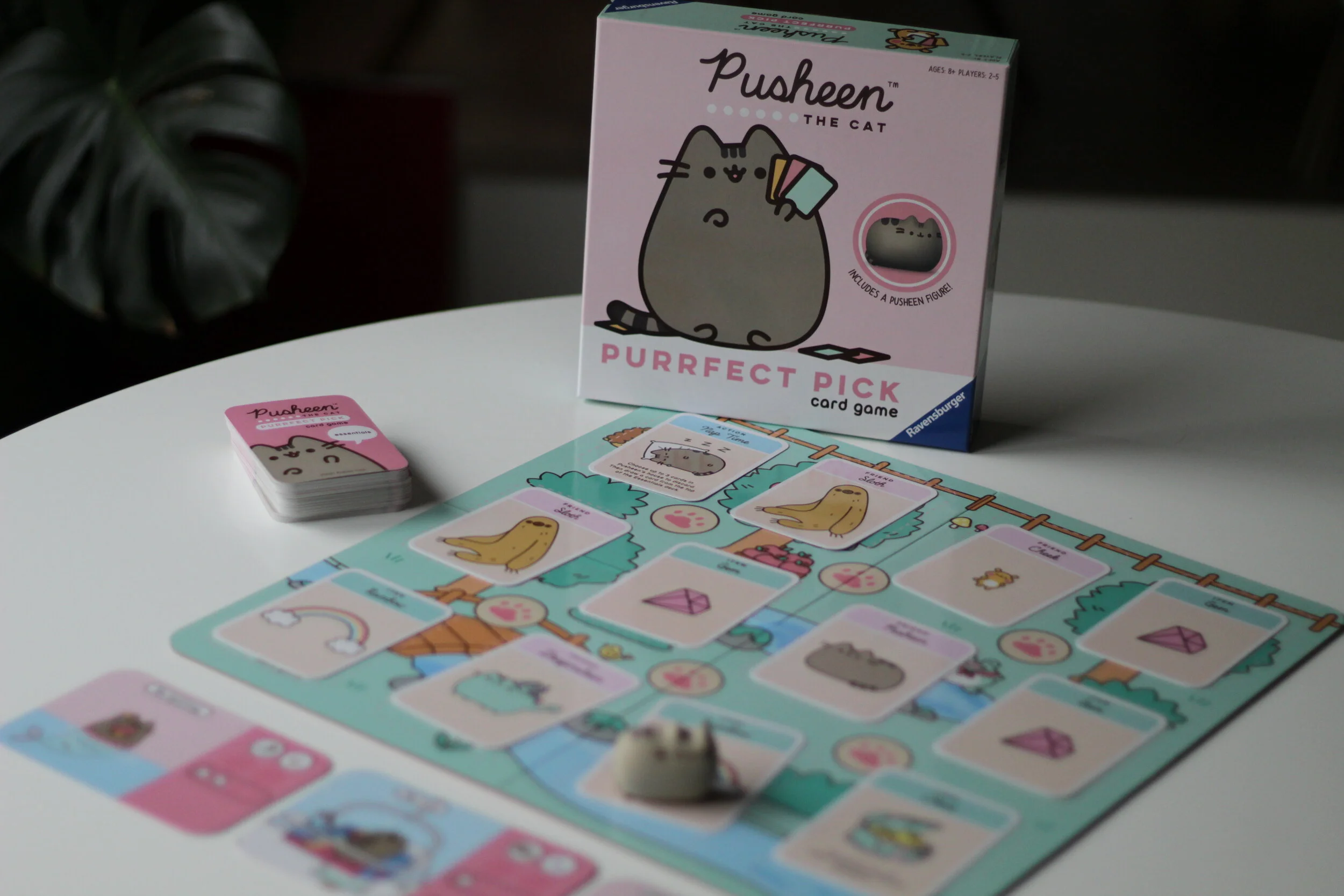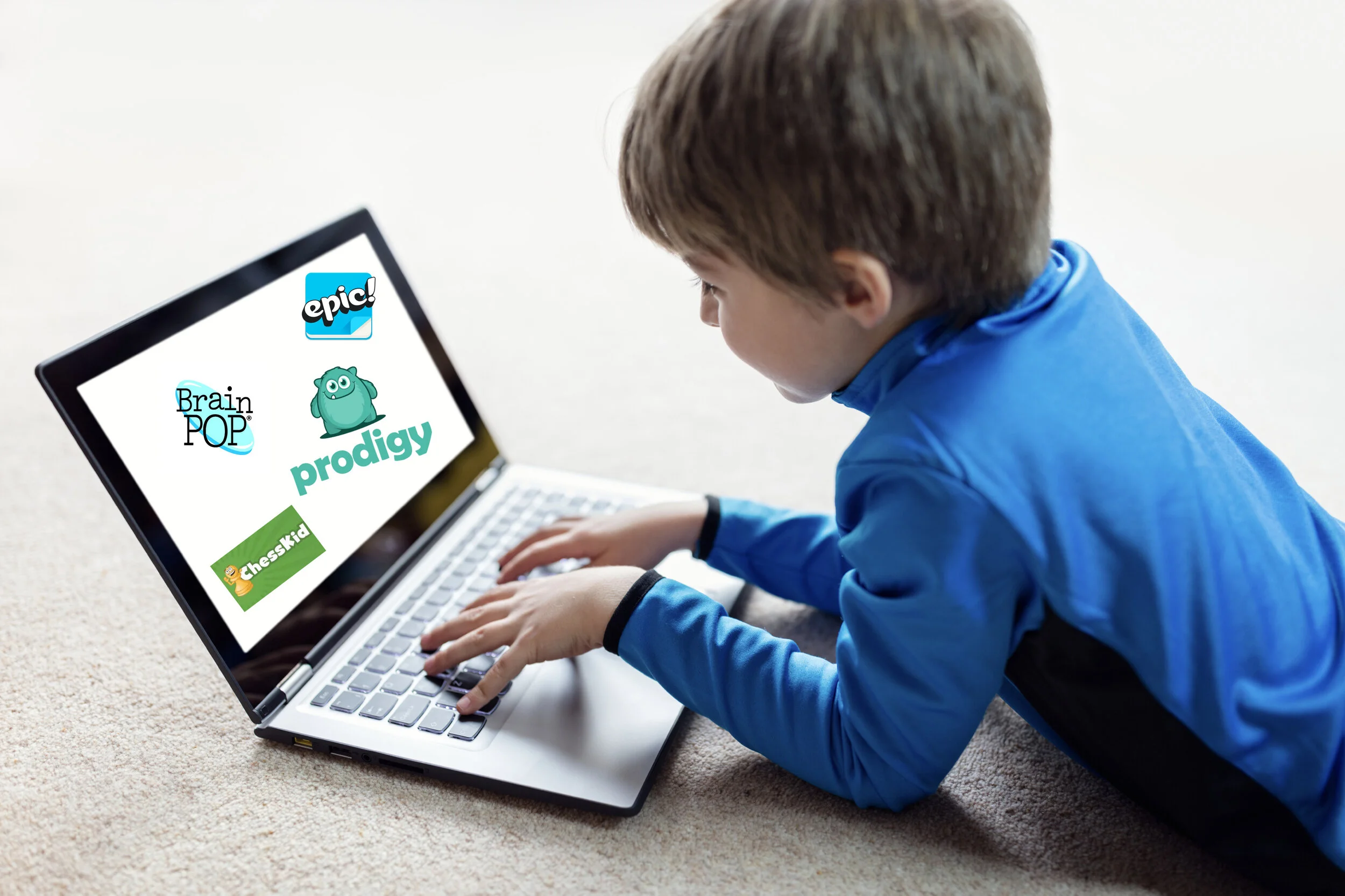Fixing the American Education System
There are a lot of problems with the American education system. So, for the sake of this article, I think it’s important to start by coming to a place of understanding of what the biggest problem is, because almost nothing can be fixed if we don’t address the main issue. By an astronomical margin, the biggest issue is unequivocally our insane focus on the high-stakes end-of-the-year tests.
When No Child Left Behind was passed in 2001, the name of the game was accountability. How are we going to prove that we are teaching every child to a certain standard? It’s a nice and noble idea in theory, but basing absolutely everything on test scores has undoubtedly mutated into a monster that lines the pockets of testing companies and hijacks the focus of the entire school year. And the problems have changed very little with the Every Student Succeeds Act. Every single person in the American education system can tell you: the test is school now.
It’s important to start this article by pointing that out, because no good change can happen to American public schools unless we first acknowledge the problem, and then do something about it. And it’s also important to start this article by pointing out that I’m a huge champion of our teachers and principals all over the nation, but a big critic of the system that controls their passion in an unfortunate way.
Looking at current news, I’ve been encouraged by the fact that many universities waived their SAT or ACT testing requirements for admission due to the pandemic. In fact many schools, like the University of California system, plan on phasing it out entirely. I see this as a very exciting vulnerability in the armor of a broken system. And it’s also why right now is probably a good chance to fix things up on a national scale.
If you read my previous article about why we decided to homeschool our son for a while, you might already be familiar with some of my other general frustrations with schools right now, and maybe even some of my favorite solutions. I want kids to be read to more, and to play more often. In the grand scheme of things, I would bolster the importance of trade schools and art schools, and I would lop off high school as a requirement entirely if it meant we could have universal pre-k with lots of books and playtime.
But all too often, from a very young age, school boils down to forcing facts down the throats of children - so that they can regurgitate them for a quiz and forget them the next day. It’s a glorified memory competition, and the high-stakes tests are making it worse every year. Couple that with the rigid structure and the ever-shrinking recess times, and it’s enough to make you depressed about what this system is doing to our kids.
So, as you can imagine, I often find myself doing thought experiments for fun. I love to brainstorm ways that our education system could be fixed. I certainly don’t think the answer is private schools - who often care even more about test scores than public schools do, and do a terrible job reaching the kids who need a new system the most. No, the answer to me is definitely major innovation in public schools.
Public schools are supposed to be an equal opportunity for all kids to unlock their passions and talents, and I think that’s gotten lost somewhere along the way. It’s not supposed to be an equal opportunity to memorize facts and regurgitate them on a quiz - kids can easily do that at home by themselves. And, honestly, why would they?
No, school is supposed to be an equal opportunity for a stimulating, safe, and comforting environment - and an opportunity to discover your own interests and pursue your dreams. It’s supposed to be a real, honest opportunity to pursue happiness.
In other words, every single kid should have the same educational opportunities that my kids get - as if they literally could study and pursue anything they want on their own time and at their own pace with any resource they need. They should be read to often, and allowed to play a lot. There should be no need for concrete schedules, constant force, and boredom.
Children are naturally curious and do enjoy learning, and it’s immoral of us to systematically beat that out of them and drain them of that joy. Instead we should be putting our money and time into figuring out how to truly cultivate that joy of learning - as if all of our students were literally our own children that we were homeschooling.
Many schools talk the talk about choice, innovation, and flexibility - but trying to innovate in an environment where the high-stakes test still exists, and without making any major structural changes to the design of the school system, is like trying to hammer a square peg into a round hole. For true progress to be made, the requirement of the test simply has to go - especially for our youngest students.
Quite frankly, in a perfect world, I would do away with the idea of grade levels and standards entirely, because I think it’s impossible to separate those ideas from the conveyor belt, one-size-fits-all system of education they were designed for. Only by doing away with both the test and the entire archaic system of judging kids based on their age, and expecting everyone to learn all of the same things, can any creative solutions really start to kick in.
In my imagination, every classroom should be a mixture of GT and self-contained special education. What I mean is, every single student deserves the freedom and flexibility that a GT classroom offers - and the chance to pursue interests in more depth with absolutely nothing at all driving them but intrinsic motivation. And every student deserves the family atmosphere and extra attention of a self-contained special education room, where often things like cooking and doing the laundry are part of everyday life.
And what do both of those classrooms have in common? Many, many less kids. In fact, both of these classrooms have a legal limit set on class size - a fraction the size of a general class. And that’s where it all has to begin. My first thought experiment is this: do whatever it takes to shrink class sizes. Take the many millions of dollars spent on the high-stakes tests (and all the wasteful programs designed to prepare you for the test) and spend it on more teachers. Quite honestly, you’d be surprised how much of a difference that change alone would make, but I’m not done yet.
Here’s my next favorite part of my thought experiment: What if states and districts took every single dollar of the money they already planned on spending on kids and instead gave it directly to their teachers to use as they see fit. Or at least as much as physically possible while still keeping the lights on.
Depending on the state you are in, individual schools get a significant hunk of money from the state for each and every kid that attends the school that year. Where I live it’s almost $9,000 per kid. So what if you gave a teacher only 12 students, a $50,000 salary, and another $40,000-$50,000 to spend on their classroom each year? Are you telling me they couldn’t do absolutely amazing things? In many ways, it could be much like they were a parent homeschooling their kids, and giving them absolutely any resources they could want.
Just think about it. Khan Academy is free for math, and there are a lot of other free programs out there too. You can buy a fantastic foreign language app for about $60 for the whole year. You could use Simply Piano for all the kids who want to learn the piano like my son and I have been doing. Heck - you could buy a piano and put it in the classroom. You could feed the whole class with groceries and cook together in the classroom. You could read together, play together, work out together, and study things that you’re curious about. The freedom of ridding yourself of the test makes all things possible.
Living inside this bubble, the money already exists to provide every student with a relaxed, family-like, personalized learning environment. Instead of the many layers of bureaucracy and wasted funds, imagine many self-contained small schoolrooms buying only what they need. Imagine a place that feels more like summer camp to kids than prison. And it all seems possible without even increasing funding for public schools, which we very much should still do.
And that’s just working with the money the state actually sends to the individual schools. An insane amount of money is wasted on the state level as well - where once again the biggest culprit is the high-stakes test and then training teachers to better train kids for the high-stakes test.
Of course there are undoubtedly holes and hiccups to be had in these hypothetical thought experiments, but I think they do a good job at painting a different picture of what school could look like - and what ideal we could be striving towards. Without question, getting rid of the high-stakes test and shrinking classes is the place to start - and absolutely everything possible should be shifted around to make those two things a reality. And, after that, the real fun can begin.
Of course all of my thought experiments about education are just my opinion - what do you think? Do you think eliminating high-stakes testing or shrinking class sizes could save the spirit of our school system? Do you think we’re ever destined to leave the cookie cutter, conveyor belt system of education in the past? Let us know in the comments!











